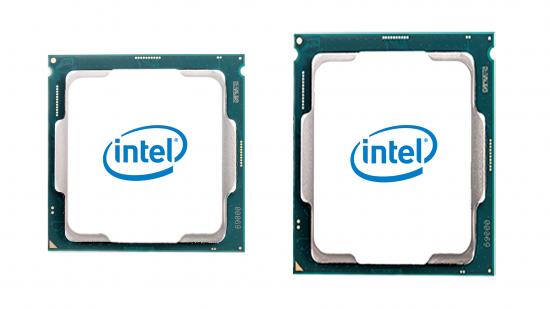Intel motherboards aren’t known for their longevity given the frequent socket changes for the company’s different CPU generations. The latest rumours, however, suggest that Intel ‘Alder Lake-S’ motherboards (which should succeed ‘Rocket Lake-S’, this in turn being a successor to the impending ‘Comet Lake-S’) will be compatible with up to three CPU generations.
The joke goes that each new Intel platform iteration introduces a new socket and the same architecture, and each new AMD platform iteration introduces a new architecture and the same socket. This isn’t strictly true, of course – in fact, recently announced Comet Lake-S motherboards should also support successive Rocket Lake-S CPUs with their LGA 1200 sockets, as Gigabyte announced (via VideoCardz) that its Z490 motherboards will support the next generation of CPUs. But the underlying point remains: Intel motherboards aren’t usually too forward compatible.
It now looks like this might be changing, however. A post on Chiphell (via VideoCardz) says that the LGA 1700 socket is rumoured to “last up to 3 generations.” Intel’s 10nm, big.LITTLE Alder Lake-S CPUs are rumoured to run on this socket, meaning (after Rocket Lake-S) we might have an Intel CPU generation not only boasting a new architecture, but also with some platform longevity to boot – albeit with a hefty number of pins.
Now, I don’t like to give too much credence to rumours, but this one would be fitting with what we’ve heard so far – mainly that Intel Alder Lake-S could be switching things up a little both in its architecture and its fabrication process.
These processors might use a new core layout similar to ARM’s big.LITTLE core structure – a mix-match of big and little cores, surprisingly enough. As successors to Tiger Lake processors, they could very well utilise a 10nm process node for the smaller cores, moving away from the iterative 14nm fabrication process that has been used for so long.
This, combined with the fact that Intel already seems to be looking for some longevity with the LGA 1200 platform, means an Alder Lake-S platform with longevity doesn’t seem too far fetched of a dream. And if these CPUs do end up bringing big architectural and process changes, it would make sense for LGA 1700 to stick around for a while. Here’s hoping, anyway.
